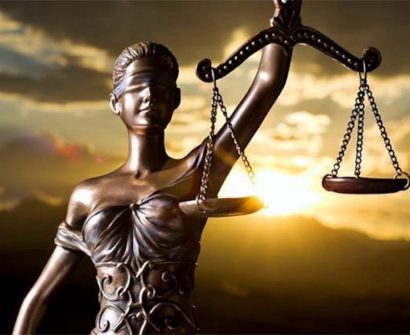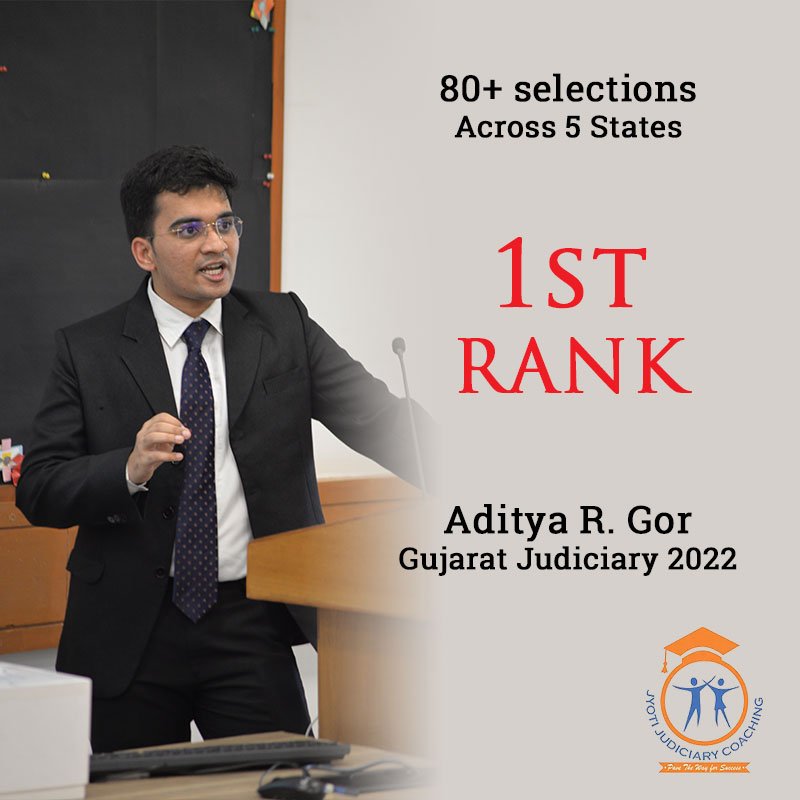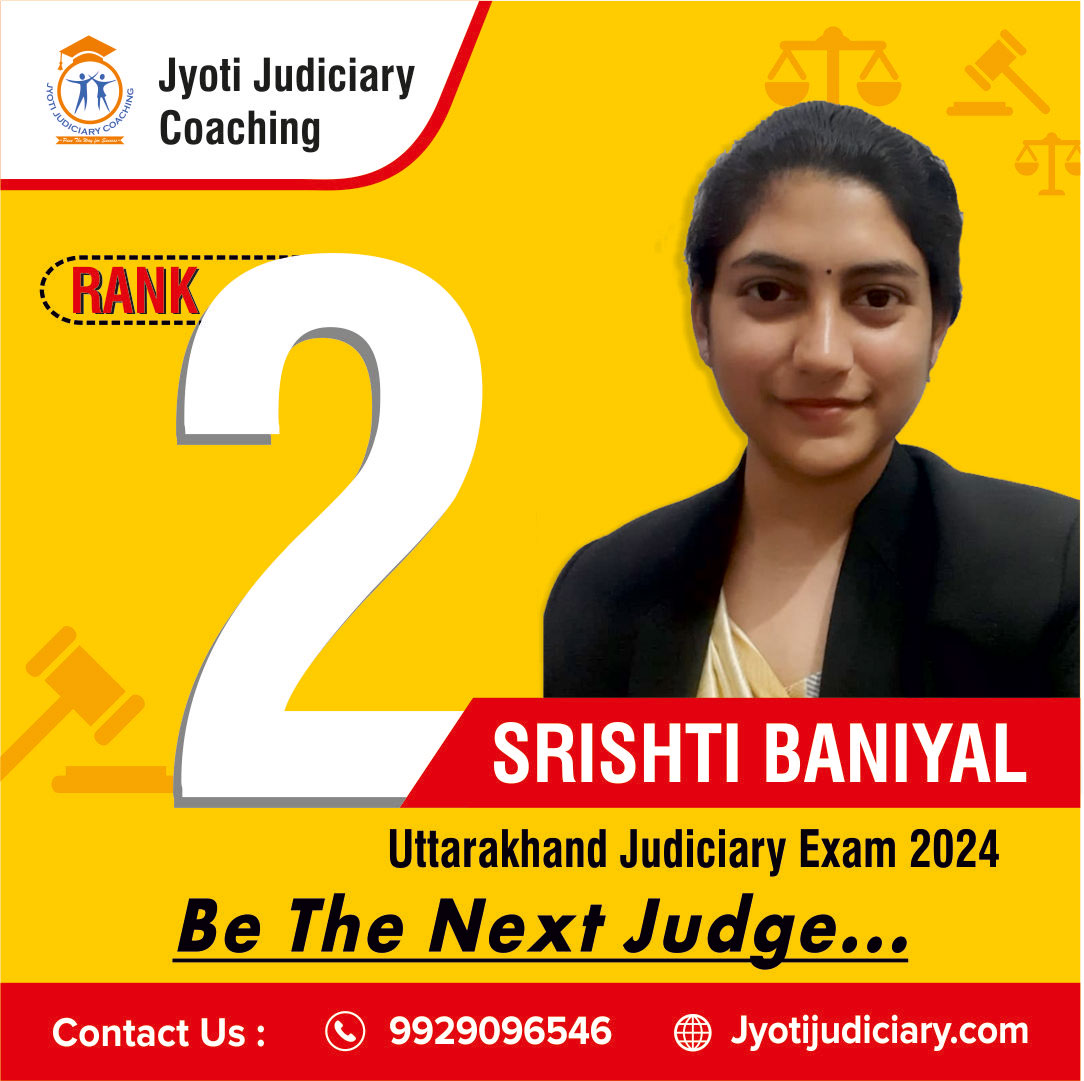
A seminal Supreme Court ruling in the matter of union of india vs sankal chand sheth [(1977) 4 SCC 193] defined the President’s authority to move judges between High Courts under article 222 of the indian constitution. The matter was brought before the Gujarat High Court’s Justice Sankalchand Himatlal Sheth in 1977, who contested the constitutionality of his transfer to the Andhra Pradesh High Court.
union of india vs sankal chand sheth Case Facts
- According to a notification issued by the Indian government through the Ministry of Law & Justice and Corporate Affairs, Department of Justice, the President of India is pleased to transfer Shri Justice Sankalchand Himatlal Sheth, Judge of the High Court of Gujarat, to the High Court of Andhra Pradesh with effect from the date he assumed charge of his office. The President is exercising the powers granted by article 222 1 of the indian constitution after consulting with the Chief Justice of India.
- Prior to taking over as a judge of the Andhra Pradesh High Court and accepting the transfer order, Justice Sankalchand filed a Writ Petition under article 226 of the indian constitution with the Gujarat High Court, contesting the constitutionality of the notification on the grounds that it was made without a consensual meeting and that the Chief Justice of India’s opinion was not taken into account.
- In his writ case, the petitioner argued that the decision to transfer was made without his approval, despite the fact that article 222 1 of the indian constitution requires consent. Furthermore, the petitioner said that it went beyond the letter of the law to transfer a High Court judge to the Andhra Pradesh High Court without first obtaining consent.
- Furthermore, he contended that the transfer violated the promissory estoppel issued in 1963 by A.K. Sen, India’s Law Minister, who stated that HC judges would not be transferred without permission and that, as a result, the Government of India was bound by this promise. Consequently, the transfer order had an impact on the public interest.
- Finally, the petitioner argued that the order was invalid because it was issued without a proper discussion with the Chief Justice of India, as required by article 222 1 of the indian constitution, which stated that discussions required significant consultation. This argument was made in light of the fact that the petitioner’s argument was unfounded.
- The transfer order was deemed null, invalid, void, and ultra vires by the Gujarat High Court. The Union of India then filed an appeal against the Gujarat High Court’s ruling with the Supreme Court of India.
union of india vs sankal chand sheth Issues
- Does the President of India need a judge’s “consent” in order to move him from one High Court to another, as stated in article 222 1 of the indian constitution?
- Is it unlawful to transfer a judge of the High Court without his consent?
- What does the word “transfer” mean in terms of article 222 1 of the indian constitution?
- What does article 222 1 of the indian constitution’s definition of “consultation” mean?
Contentions by the Parties
Petitioner:
- The appellant contended that the term “transfer” in article 222 1 of the indian constitution is unambiguous and that there is no justification for interpreting the Article’s “consent” prerequisite. Furthermore, even if it is assumed that a judge must take a new oath of office before taking up his duties at the High Court to which he is transferred, this does not indicate that he must begin anew since he is being appointed as a new holder. Therefore, if you want to transfer the judge from one High Court to another, you don’t have to get his consent.
- The appellant argued that it is not absolutely necessary to consult with India’s Chief Justice. The proposed submission by the union government might serve as a useful deterrent against capricious transfers.
Respondent:
- The respondent elaborated that article 222 1 of the indian constitution, which requires the President of India to confer with the Chief Justice of India prior to transferring a High Court Judge, does not resolve the matter because the executive always has the last say and additional consultation with the Chief Justice of India is not the only prerequisite.
- It was contended that the authority granted by article 222 1 of the indian constitution is inherently contingent upon the permission of the judge whose transfer is being suggested. Transferring a judge often results in personal hurt to him.
- article 222 1 of the indian constitution defines ‘transfer’ in a very different way, and it has to be interpreted in light of the multiple constitutional provisions selected to protect judicial independence. A non-consensual transfer thus provides the executive branch with a potent weapon to punish the judge for defying the administration’s goals.
union of india vs sankal chand sheth Judgment
- The Supreme Court rendered a key ruling in the famous case of union of india vs sankal chand sheth about the constitutionality of judicial transfers between High Courts.
- The Supreme Court considered the central question of whether the President, acting with the assistance and advice of the Council of Ministers, had the authority to transfer judges, or if the judge being transferred had to provide their agreement.
- The issue started when the Gujarat High Court’s Justice Sankalchand Himatlal Sheth was sent to the Andhra Pradesh High Court against his will. He filed a writ suit under article 32 of the indian constitution to contest this transfer.
- Justice Sheth contended that the independence of the judiciary, a fundamental component of the Constitution, is undermined by forced transfers without permission. He argued that only in the public interest and with the judge’s approval could such transfers be done.
- Justice Sheth’s stance was maintained by the Supreme Court in a majority decision of 3 to 2. It concluded that the President’s authority to move judges under Article 222 is not unqualified or capricious. Transfers need the judge’s approval and be made for justifiable public interest reasons.
- The Court determined that requiring transfers without permission would violate Article 222 and jeopardize the independence of the court. Consent was a crucial safety measure, and transfers that weren’t consented to should only be done in extreme circumstances following appropriate discussion.
- This important decision made it clear that the executive will could not control the judiciary when it came to transfer matters. It reaffirmed the judiciary’s independence and its responsibility to protect the Constitution.
With the goal of giving students the best coaching available for law entrance exams including the CLAT, AILET, and various other numerous state judiciary exams, Jyoti Judiciary Coaching, India’s Finest educational Platform, was established. Come enrol now with Jyoti Judiciary!
For any latest news, legal topics, judiciary exams notifications, patterns, etc watch Jyoti Judiciary’s YouTube channel for legal videos for any updates at https://youtube.com/@jyotijudiciarycoaching4852?si=2cwubh9d2A9urwJf








